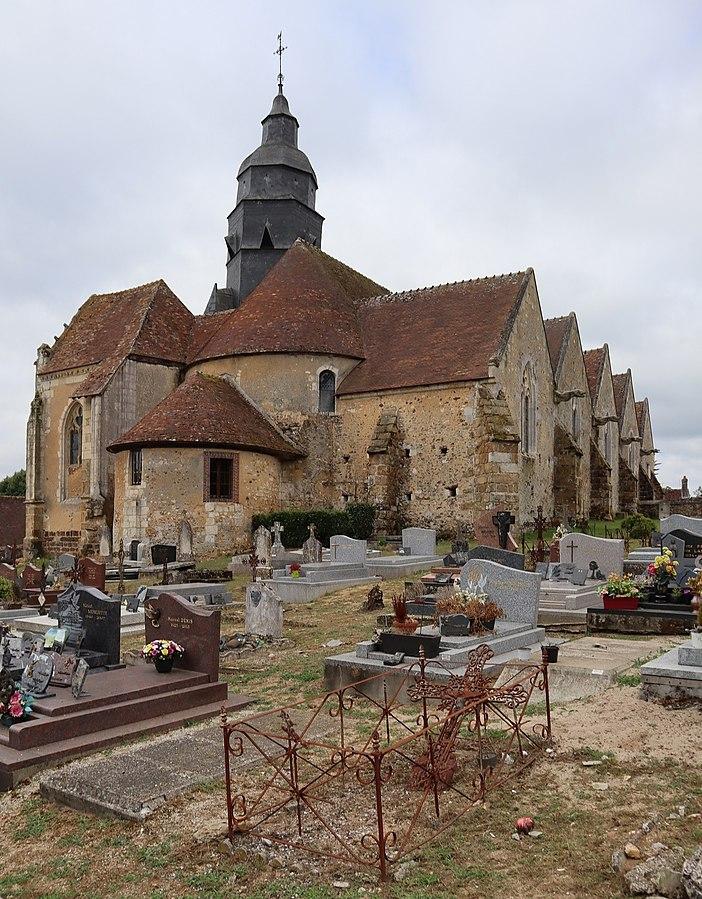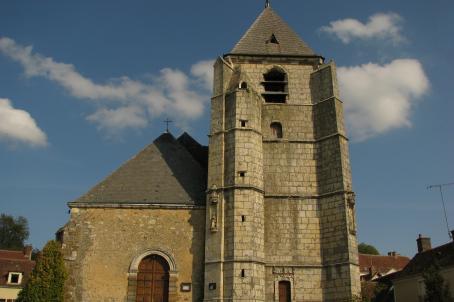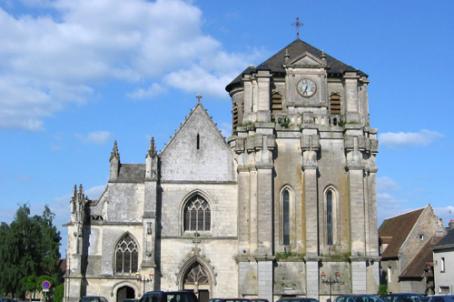Church of Notre-Dame du Mont-Harou
Built halfway up the slope of Mount Harou, to which it owes part of its name, this Romanesque church built of roussard stone has a triple arched western portal. While the southern facade preserves a majestic Renaissance door, one can guess under the capital of one of the pilasters the traces of an ancient sundial.
About this building
The church was long referred to as Notre-Dame-du-Mont-Harou. The oldest part belonged to the abbey of Moutiers and can be found in the lower parts of the church, and the portal with columns and capitals. From the same period also appears, at the chevet of the building, a semicircular building which must have once served as a chapel. Mural paintings dating back to the 13th century have been found on the vault of this room, Christ being surrounded by the Evangelists and their attributes.






